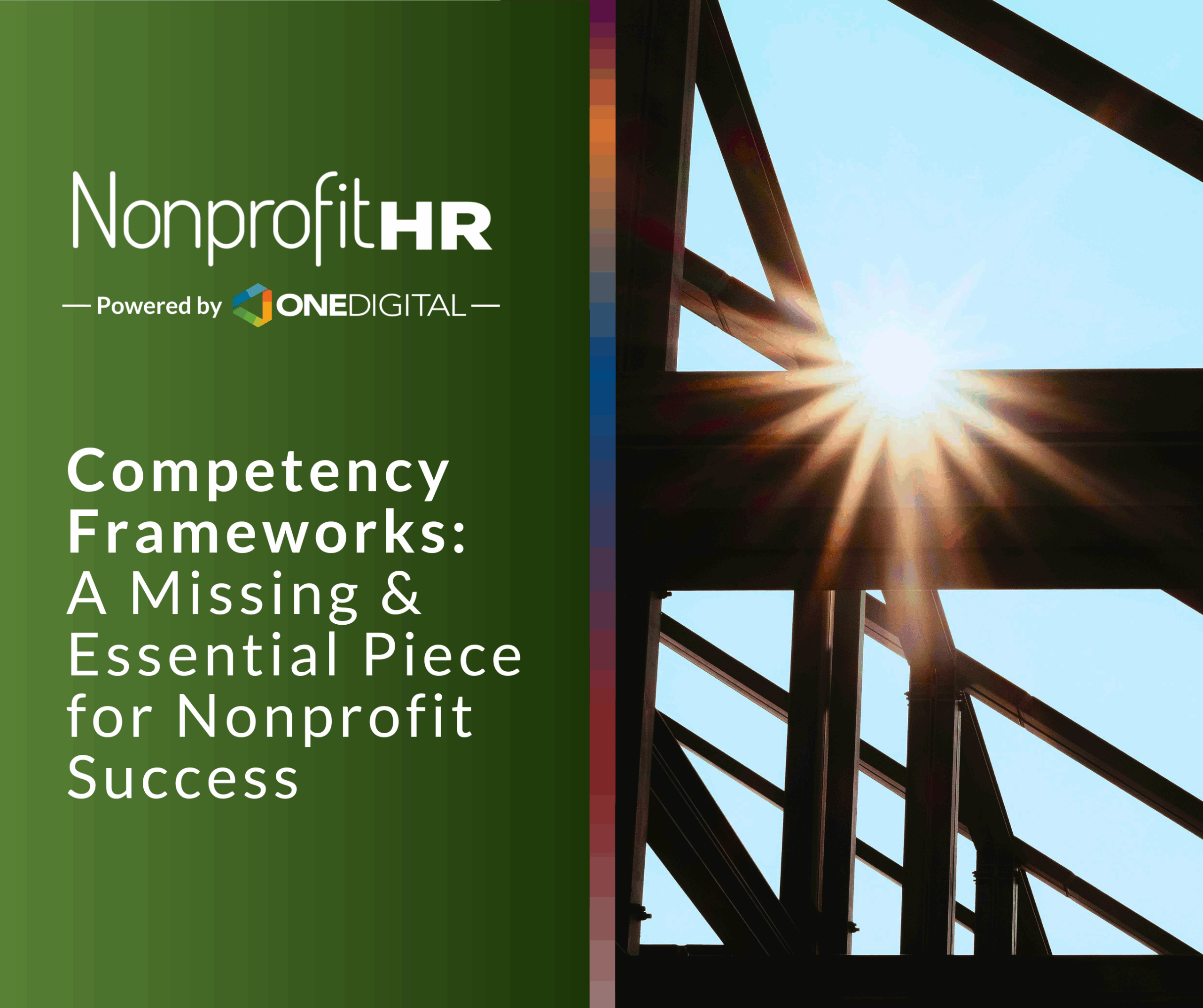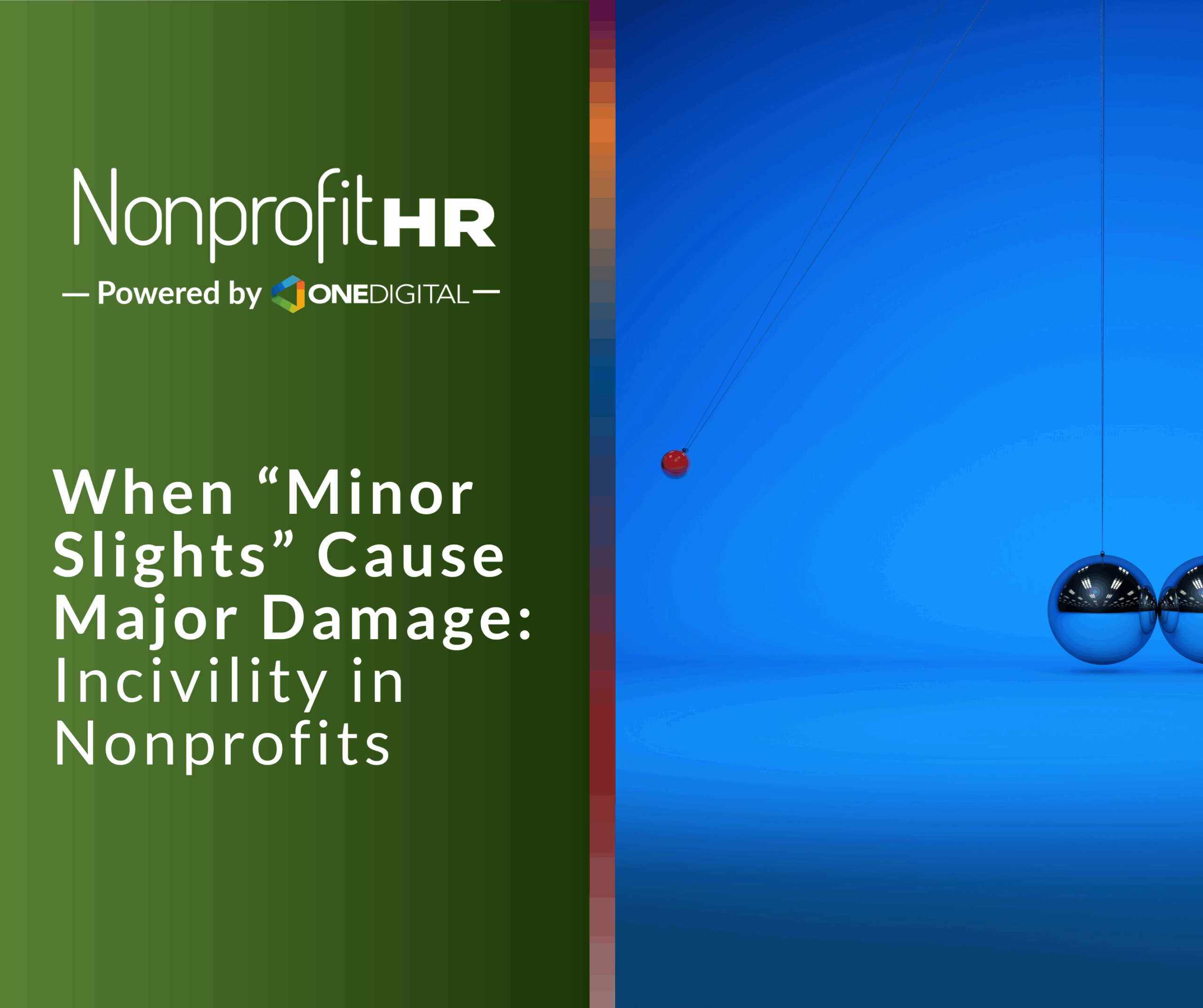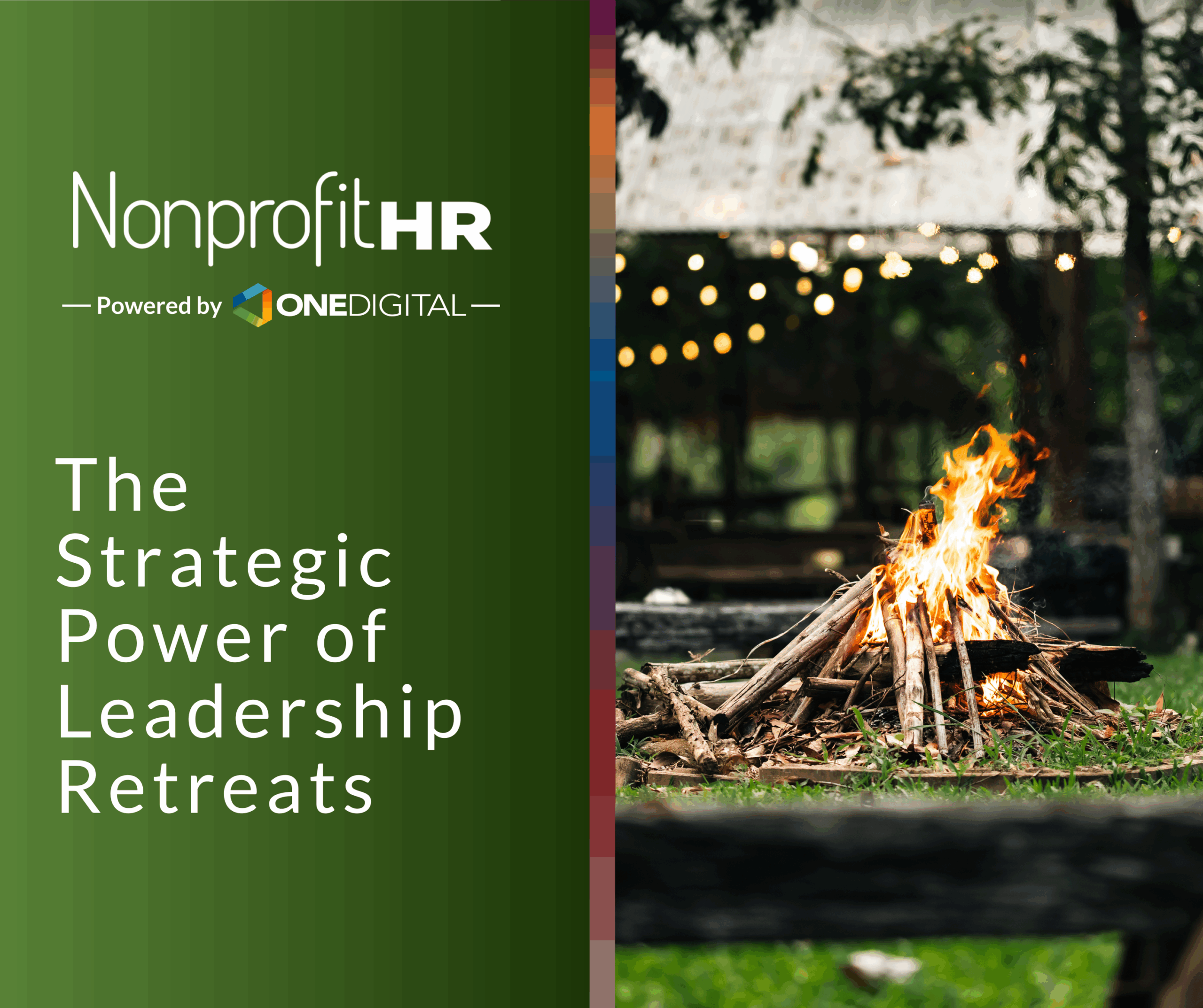WTOP: 5 ways nonprofits can…
|
We received a large number of questions from participants in our webinar, Harnessing AI for EDIJ: Navigating the Bias Challenge, so our EDIJ experts are here to weigh in. Read below for insights from Dr. Rachael Forester, Senior Consultant, EDIJ, and contributing EDIJ team members answering your most pressing questions on this topic. Plus, access the webinar recording now to hear Rachael walk through upsides and downsides of AI within the context of EDIJ, the impact of algorithmic bias on marginalized communities, how to partner with leaders of all strategic business units in your organization to recognize and minimize bias and more. |
Q&A With Our EDIJ Experts — Harnessing AI for EDIJ: Navigating the Bias Challenge
General
Are there specific industries, sectors or sub-sectors where the integration of AI is more pressing or relevant?
The integration of AI is extremely relevant in all of the different sectors. According to a 2022 report by McKinsey & Company, finance, retail, healthcare, technology and manufacturing use AI more than other sectors. We’re just starting to get better research and clarity on how different industries and people use AI because it hasn’t been an open conversation.
Within HR, a conversation we’ve been having for quite some time is about mitigating bias in the employee lifecycle. This debiasing approach has been used specifically within the education and business sectors. We had an internal conversation about using AI at Nonprofit HR. Based on what my colleagues were using for AI, the conversation illuminated many things that I hadn’t thought about. AI is out there. Open and honest discussions will foster a deeper understanding of how we can effectively utilize AI in various sectors and fields tailored to specific needs and applications.
I will continue to elevate what Rachael shared about having conversations. We encourage you to ask your team and the people you work with to share what’s coming up for them within the realm of AI. Consider talks around the hesitations and fears of exploring AI. How are we each entering this space? What do we feel comfortable using? What don’t we feel comfortable using? What tools do we need, recognizing that we’re all entering the space with different experience levels?
Rachael, you alluded earlier to some of our age biases when using technology. Part of mitigating that bias is having an open conversation, asking: How are we entering this? What do we need to do about learning and development so that it is accessible to all? Recognize when we need to take a step back, adjust and course correct as needed.
As thought leaders in the equity, diversity, inclusion and justice (EDIJ) space, how can we influence our bigger, sometimes more powerful partners to adjust their AI norms?
We know power dynamics are at play within every organization. We want you to approach this as you would an inclusive culture. Relationship building plays a significant factor in this approach. I suggest having an open conversation as an organization at a staff meeting about the hopes, fears and ways people have been showing up in their processes. This way, you can motivate leadership to better understand how AI might impact their mission in disproportionate ways that they weren’t necessarily aware of.
Explore how to amplify your voice. When Rachael and I facilitate sessions in the EDIJ space with different organizations across different levels, we often think about the content we want to cover. There’s value in sharing information, but how do we frame the conversation so they hear our perspectives when we come together at the table?
Another consideration is exploring fear around things we’re sharing or not sharing. Where does that come from? How much of that fear is accurate? Sometimes, it is, and we must dig deeper to solve it. How much of that fear might be perception based on our experiences?
The last thing I’ll touch upon, based on what we’ve seen through our diversity, equity and inclusion (DEI) assessments, is the consideration of external support. Is there a potential need for an external partner? When you have someone with an outside view and a broader lens of what’s going on across an organization’s roles and dynamics, that third party can identify bias that sometimes isn’t apparent. As EDIJ experts, for example, we see things through a different lens — the outside looking in. Seek out collaborators outside of your workplace to gain fresh perspectives and insights.
How would you engage employees across a relatively siloed organization with conversations regarding AI that they are using, especially when there is a fear of AI taking specific jobs already?
A good thing to do is to take a step back and understand what is causing the silo. Analyze the pattern to understand what’s causing it even before you collect data on AI usage and continue the conversation. What’s creating that pattern and trend? How do we help mitigate the silos first? When we request that data and are ready to advance those conversations, we’re more likely to increase engagement and response rates.
I completely agree and would add that there are also ways to collect anonymous information. A platform we’ve used internally at Nonprofit HR is Mentimeter, where you can put out questions to groups. The responses come in anonymously, and you can share them. Tools such as Mentimeter build trust, normalize feelings, and relieve hopes and fears because people start seeing themselves in other people’s responses. It takes time to create trust within an organization if it’s not currently there. Engaging in some of those AI platforms can assist with carrying the conversation on.
Addressing power dynamics and fostering transparency among leaders who may otherwise be having this conversation in a fishbowl can help break down silos. Leaders should openly engage in this conversation to create a sense of psychological safety for staff to share their thoughts and opinions.
Can you elaborate on bias assessment teams?
Many organizations have established DEI or employee inclusion group (EIG) committees to advance their EDIJ mission. These committees often organize training sessions, education programs and inclusive meetings. Scheduling challenges arise for bicoastal and global organizations due to time zone differences. For example, not everyone may be on East Coast time; they may also be in California, Asia or Africa. Bias assessment teams might establish confluence for EDIJ meetings and events.
Bias assessment teams utilize people and their collective knowledge, skill sets and activities to examine policies and processes, share power and create strategies for amplifying DEI. Whatever they get from their conversations as a group is greater than what they can generate alone. By analyzing data on AI usage, assessment teams can actively identify platform areas amplified by bias, explore gaps between actual experiences and AI-generated representations, and uncover ways that individuals are portrayed or overlooked in the data.
It sounds like there’s work to be done to advance and bring decision makers up to speed about bias, EDIJ, and the experiences of marginalized groups so they can understand the impact of AI and its use. Is that correct?
Absolutely, and that work is ongoing. We sometimes get the question: Will there ever be a space where we’re not doing DEI work? Our team, Rachael and I always have this conversation. While that would be ideal, this work is ongoing. The world in which we exist and operate, the environments in which we work, our culture and our identities constantly evolve. If this is the case, it means that, throughout our journey, our learning must be ongoing.
We should ask ourselves: How do we practice grace? We must recognize that we are entering this work from different experiences. Grace is so important because sometimes, as we’re trying to move this work forward and learn new pieces, emotions come up regarding our biases and AI. Let’s venture beyond our comfort zones and embrace the challenges that lie ahead. Be open to unexpected outcomes and differing perspectives as we continue to learn and grow our understanding of implicit biases in AI’s context.
Training and education are necessary across all levels, particularly in management and leadership positions. There’s so much concentration of power at the top level. Engaging with external consultants to build up the education and competency of leadership is extremely important in engaging this conversation about AI.
As an organization, consider when you have leadership or other vacancies. What are you putting into your job descriptions to ensure you equip the people you bring into your organizations to have these conversations? Consider including DEI competencies in job descriptions.
The other important thing to consider is who’s missing from the table. Who have you historically had in levels and positions of leadership and why? How do we solve that? What biases exist in your current recruitment system that prevent barriers and access across different identities into leadership positions? This criteria is a prelude to being able to engage in conversations about AI bias — work that we should be doing across all levels in all areas.
Final Words
I want to leave this with you: Wherever you are in your journey is OK, and wherever you are starting this conversation is too. If the information shared here was new, that’s great. If it was something that you’ve already started to think about, you’re in the right place and space.
We want you to dive deeper into thinking: How can I create an atmosphere for the people within my organization to have psychological safety and bring their authentic selves to work? How can I ensure a similar narrative for the people we serve? If you’re having trouble getting to an answer for that, partner with other organizations. Reach out to us at Nonprofit HR because we’re here to help you. You deserve all of that and more.
The last thing is that there’s growth in discomfort. This journey is not comfortable. When we’re learning something new, we don’t always experience it as comfortable. But there is growth in this discomfort. Embrace it and lean into it. Don’t be afraid to rely on support for anything you might need, whether it’s Nonprofit HR or within each other. Utilize your resources and be open to the experience as we navigate this new world in which we’re living.
Contributing Author
|
|
|
|






























